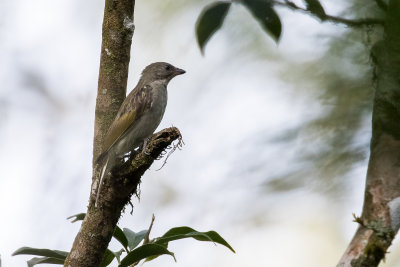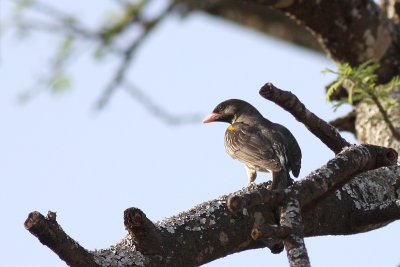





 |
 |
 |
 |
 |
 |
| Markus Lagerqvist | profile | all galleries >> Birds of the World >> Non Passerines >> Honeyguides | tree view | thumbnails | slideshow |
 Lesser Honeyguide (Indicator minor) |
 Lesser Honeyguide (Indicator minor) |
 Greater Honeyguide (Indicator indicator) |
| comment | share |